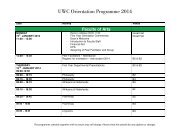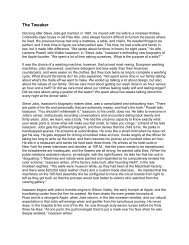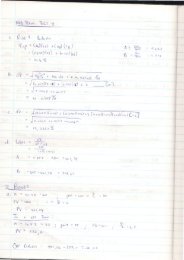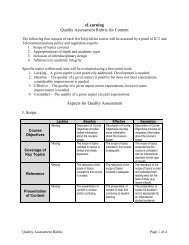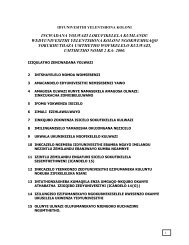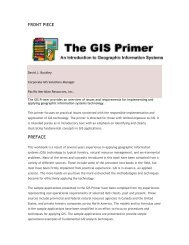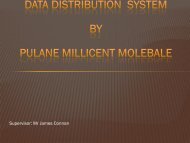Ecosystem Guidelines for Environmental Assessment
Ecosystem Guidelines for Environmental Assessment
Ecosystem Guidelines for Environmental Assessment
Create successful ePaper yourself
Turn your PDF publications into a flip-book with our unique Google optimized e-Paper software.
A NOTE ON FIRE<br />
All fynbos types require periodic fires to stimulate recruitment and to retain maximum species richness.<br />
The different fynbos types do, however, differ vastly in terms of appropriate fire frequency.<br />
Non-sprouting Proteas are the best indicators of an appropriate fire frequency, which should allow at<br />
least 50% of these Protea plants to have flowered three times be<strong>for</strong>e they are burned again. The maximum<br />
interval between fires should not exceed the active reproductive period of these plants.<br />
Fire season is also vital to retain species richness, with late summer and autumn fires (December-<br />
April) giving the best recruitment results. Fire intensity is also important, with only 'clean' burns<br />
acceptable, where no fine material or unburned leaves remain after a fire.<br />
The last important aspect is the size of the fire, where block burns should preferably not be smaller<br />
than 100 ha (ideally 200-500 ha) in size. To ensure successful recruitment after a fire, grazing by domestic<br />
stock (or large numbers of game) should not be allowed within the first two years after a fire.<br />
Block burns in areas where two or more different vegetation types co-occur, e.g. Limestone Fynbos,<br />
Sand Fynbos or Dune Thicket, will need special planning. The fire frequency of the fastest growing<br />
vegetation unit (e.g. Sand Fynbos) is usually the most appropriate, but then only part of the slower<br />
growing vegetation types (e.g. Limestone Fynbos) should burn. Such 'patchy' burns will retain the<br />
natural fire frequency of the other units present. Fire season and size would, however, not differ from<br />
those noted above.<br />
Block burns in areas that are heavily infested by woody alien plants (e.g. Acacia cyclops) will also need<br />
special planning. Where high fuel loads are present the sites may have to be burned under cool, moist<br />
conditions.<br />
It is best to obtain specialist advice from CapeNature or a fynbos ecologist be<strong>for</strong>e implementing<br />
managed burns.<br />
COLIN PATERSON-JONES<br />
22 : A NOTE ON FIRE



